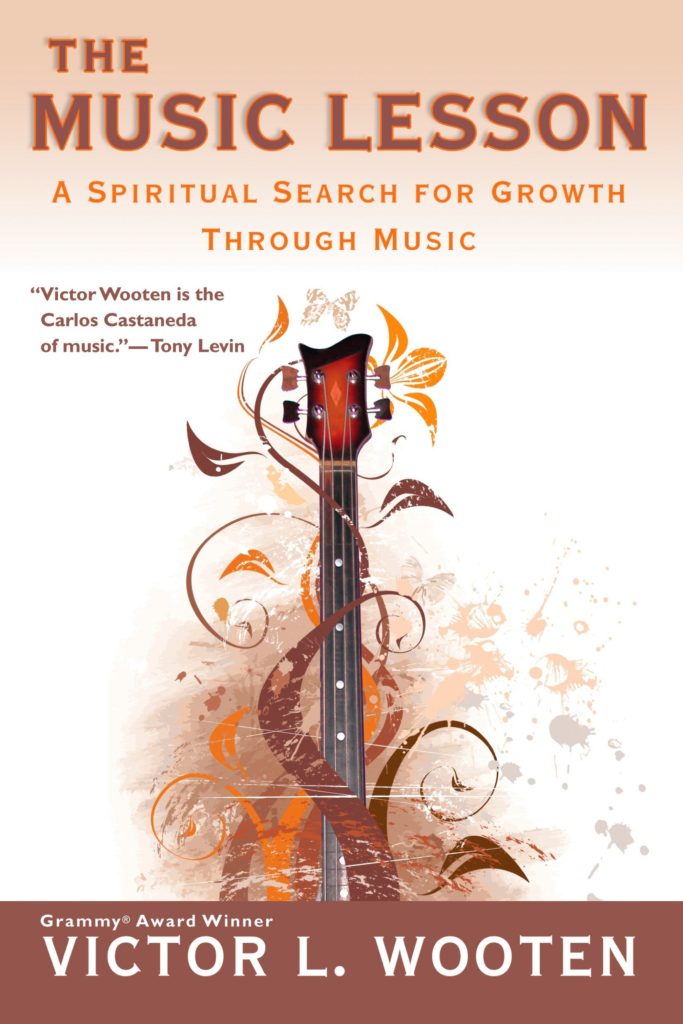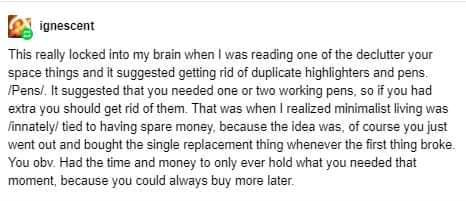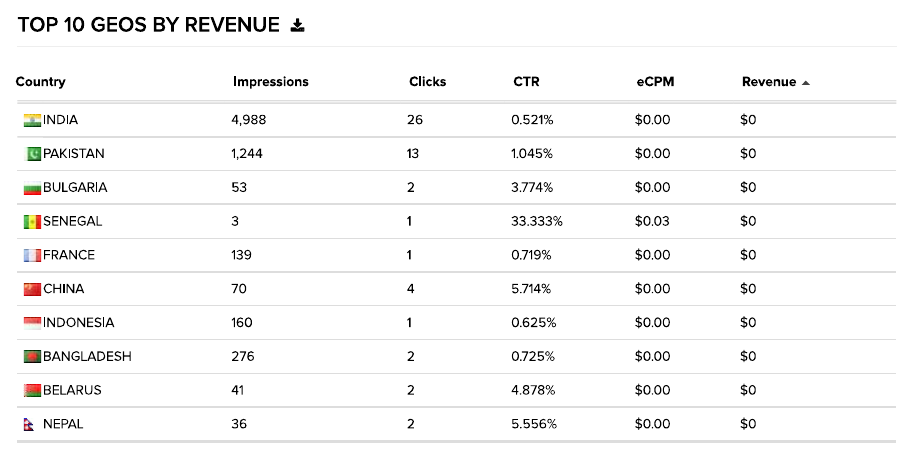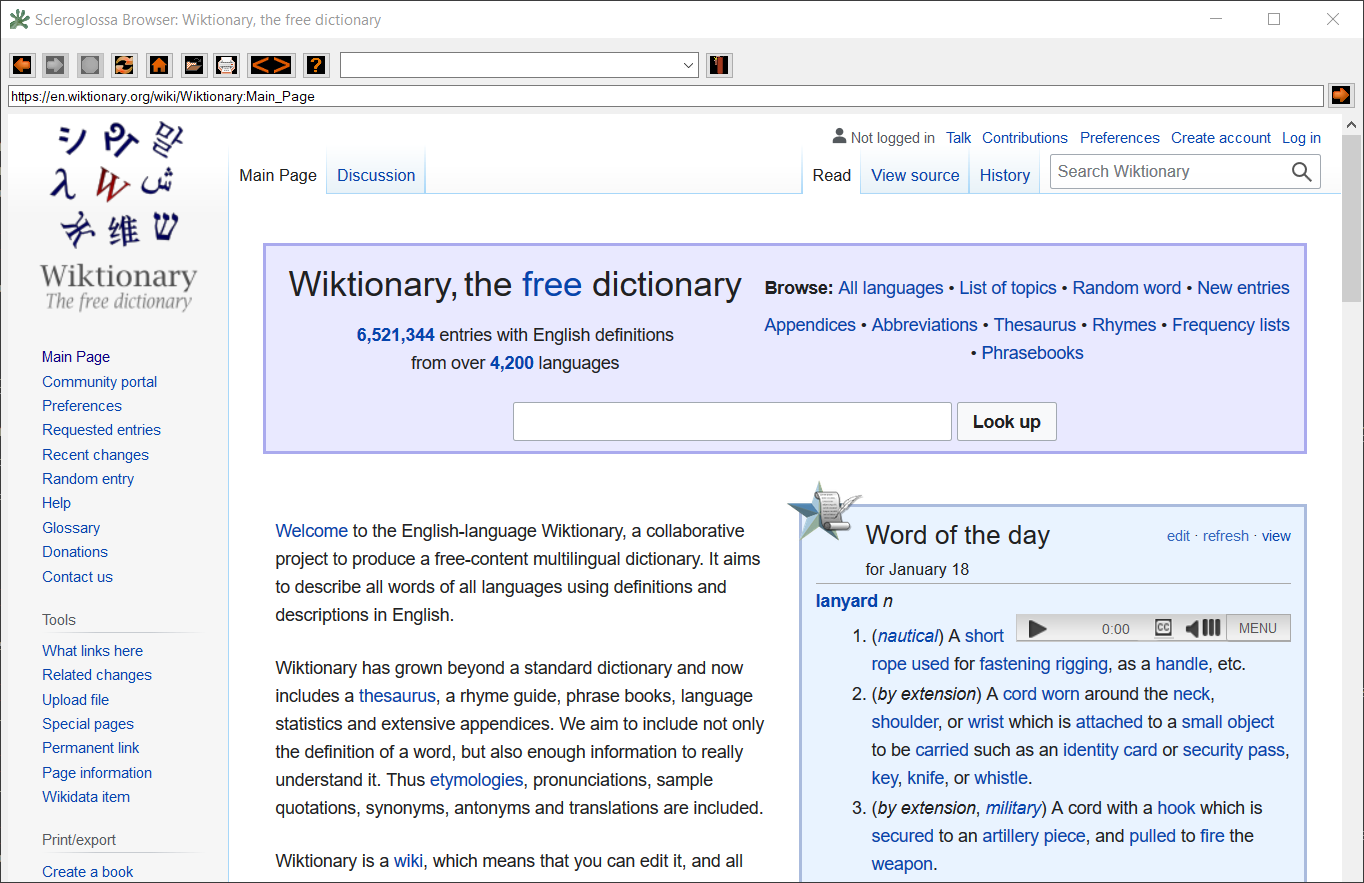I have a handful of mostly-idle Ubuntu servers, so I decided to set up a Ravencoin node on one of them.
I used this tutorial by Tron Black for the setup. (Warning: Medium is now a paywall site)
At the risk of repeating, this is how I set up a node on my Ubuntu 20.04 server (from my user home directory):
wget https://github.com/RavenProject/Ravencoin/releases/download/v4.3.2.1/raven-4.3.2.1-x86_64-linux-gnu.zip unzip raven-4.3.2.1-x86_64-linux-gnu.zip cd linux gunzip raven-4.3.2.1-x86_64-linux-gnu.tar.gz tar xf raven-4.3.2.1-x86_64-linux-gnu.tar
Yes, we have a gzipped file inside of a zip file. That’s a little odd, but not a big deal.
cd raven-4.3.2.1/ sudo ln -s ~/raven-4.3.2.1/bin/raven-cli /usr/bin/raven-cli sudo ln -s ~/raven-4.3.2.1/bin/ravend /usr/bin/ravend ravend -daemon -maxconnections=10000
Wait a few seconds.
ps aux|grep ravend
The process should show up if the daemon started successfully. Running it manually like that means it’ll have to be restarted if the machine restarts, but this one has an uptime of 181 days, so that’s not a frequent occurrence.
Now to check status:
raven-cli getnetworkinfo
Outputs:
{
"version": 4030201,
"subversion": "/Ravencoin:4.3.2.1/",
"protocolversion": 70028,
...
"connections": 25,
...
"localaddresses": [
{
"address": "216.151.2.51",
"port": 8767,
"score": 1472
}
],
}
I trimmed out a bunch of extra stuff for the sake of space (thus “…”), but the important things to see are that it’s using the right IP address and that there’s a positive number of connections (25). It’s working! I’m very curious what the “score” is for, though. It’s not always the same.
I waited a day or so to see whether it shows up on the raven nodes site, and it does.
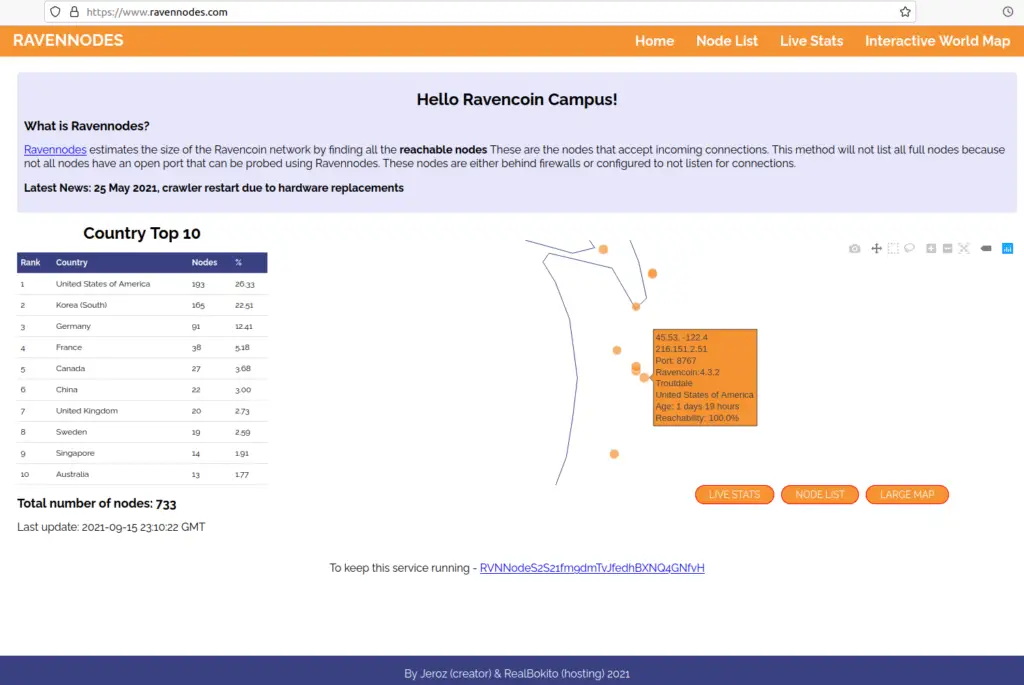
As far as I know, you don’t actually get any direct benefit from running a raven node (transaction fees, etc), it just keeps things running smoothly on the Raven network.
Essentially, you’ve left water out for the birds, but they’re not going to bring you shiny things. But, it never hurts to have some goodwill from the ravens.
You can always RVN me at RRWHrajdjJV7kKdZoeRFbKHkEeuh9jBKR4
